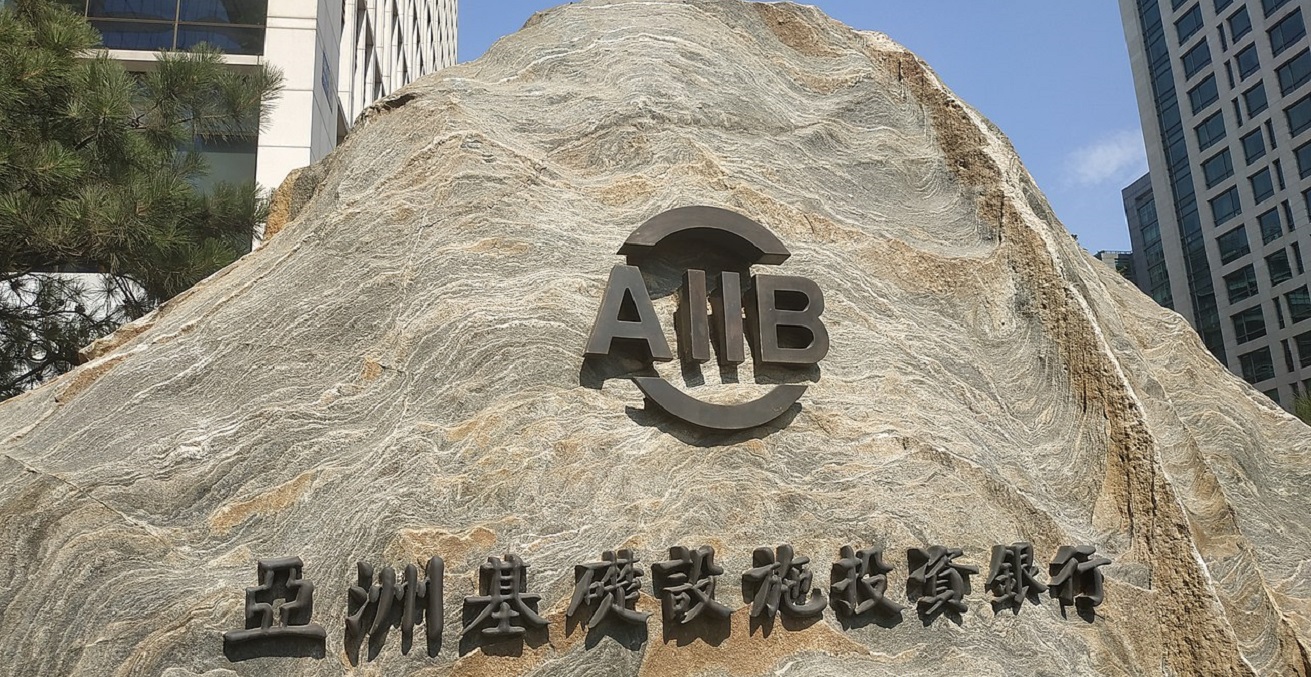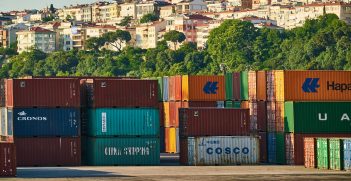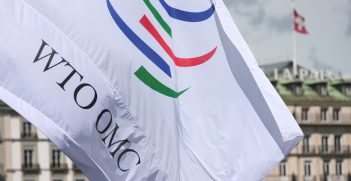The Asia Infrastructure Investment Bank: From Political Liability to Legitimate Investment Vehicle

The Asian Infrastructure Investment Bank (AIIB) has done well to distance itself from the geopolitical troubles of its largest shareholders. Moving on, it needs to prove its climate-positive agenda by investing significantly more in renewable energies.
In joining the AIIB as a founding member in 2015, the Australian government under Prime Minister Tony Abbott agreed to contribute AU$930 million over five years to help fill the burgeoning development gap in Asia. This investment was to give Australia the sixth position in terms of shares in the financial institution, meaning more voting rights and say in the management and policies of the multilateral development bank (MDB). Seven years on, and despite the early politicisation of the bank’s auspicious association with China’s Belt and Road Initiative (BRI), Australian shareholders can be generally happy with their investment.
According to the 2021 AIIB annual financial statement, Australia still maintains its shareholding position with 36,912 shares, or 3.8 percent of the total, and 3.4 percent in voting power behind China, India, Russia, South Korea, and Germany. Currently, Australia sits on the board of directors along with representatives from Saudi Arabia, Türkiye, Nepal, Russia, China, Egypt, Switzerland, Italy, India, Sri Lanka, and South Korea.
While the AIIB is still small compared to other MDBs, its footprint has grown significantly in the few short years since its founding. This has been thanks in large part to China’s significant development engagement, with pledges of up to US$85 billion a year. Most of this has occurred within the BRI context.
While at first associated with the BRI, the AIIB has been able to avoid the negative blowback of accusations of debt trap diplomacy and other nefarious bilateral investment instances. Some of these have included large corruption scandals, defaulting governments, and associations of geopolitical influence.
By all accounts, many of the original concerns have been largely placated over the years by steady and transparent running of the AIIB. These included obvious fears over governance and operational practices, viewed initially as potentially undermining standards set among other MDBs such as the Asian Development Bank (ADB) and the World Bank. For some in the US, a concern is that the AIIB’s competitive pressure and China’s bilateral financing behaviours may cause some MDBs to reconsider the role of the World Bank in leading ideas on best practices and appropriate safeguards.
Managing success
One way to assess the success of the AIIB is to measure its activities against its founding principles, to be an investment mechanism in “lean, clean and green” development. On this basis, the record is a mixture of positive announcements with more action needed. On the first point, the AIIB has proved true to its word – while the bank’s lending portfolio is about a third of the size of that of the ADB, it has less than 10 percent of the staff. This leaves issues open for questions of efficacy and representation. Other MDBs typically hold a representative board of executive directors that handle day-to-day business and meet once a week to approve loans and establish policies, among other general management duties. The AIIB’s executive board by contrast is limited in its functions, with more decision-making authority reserved for China and regional countries, leading some to question the AIIB’s independence from Beijing authorities.
That being said, the AIIB does appear mostly clean. It has clearer policies on anti-corruption and transparency than China’s other bilateral financing initiatives, such as the New Development Bank and the BRI. Some concerns have arisen over due diligence, lack of independent oversight of environmental, social, and accountability frameworks, and its heavy reliance on its clients to monitor policies and standards. However, for the most part, the narrative on the AIIB’s operational capacity has been positive.
On the final and perhaps most important metric, the AIIB’s record has been fair, if albeit a work in progress. The AIIB has been ranked second lowest (behind the European Investment Bank) among all other MDBs in terms of the proportion of its total portfolio (12 percent) invested in climate finance. Though attempts have been made to improve this position. In 2020, the AIIB announced a target for 50 percent of all approved financing to be directed towards climate finance by 2025. A year later in October, it announced a new target to become Paris aligned by July 2023.
Climate promises and challenges
In judging the climate and development policies of its largest borrowers, the new Paris alignment principles may prove a bridge too far unless a serious push is made in key lending criteria. India, Turkey, China, Indonesia, Bangladesh, and Pakistan are the AIIB’s major borrowers, and the world’s major contributors to global carbon emissions. While at COP26 in 2021, AIIB shareholders committed to end direct public finance for coal, oil, and gas, by October 2022, the AIIB was calling on governments to avoid panic-building fossil fuel power plants, showcasing fears that economic needs had thoroughly replaced high-minded climate action.
The AIIB has also been caught up in accusations of “clever framing” in its financing choices, leaving open the prospects for new fossil fuel developments. This includes Bangladesh’s new 584MW gas plant, considered Paris-incompatible, but nonetheless within the limits of the AIIB’s climate accounting methodology. Since 2021, the AIIB has invested US$605 million in Bangladesh’s energy sector, even as the government there has ruled out renewable energies. This is despite the fact that Bangladesh already faces increases in LNG shortages, exacerbated further by Russia’s invasion of Ukraine.
Geopolitical considerations
Despite initial concerns that the AIIB might become a politicised project, more so at any rate than other MDBs, it has done well to avoid the geopolitical entanglements of its major contributing partners. Upon Russia’s invasion of Ukraine in February 2022, the AIIB pulled all of its investment activities associated with Russia and Belarus and placed them under review. Russia is the third largest shareholder in the AIIB with 6.74 percent of capital and one of five vice-presidencies. At the time of the invasion, the AIIB’s projects in Russia totalled US$800 million, or 2.58 percent of all funding.
Another example is India’s large footprint in the MDB, both as a financial contributor and borrower. The trajectory of India-China relations has worsened considerably since the 2020 clash between respective armed forces in the Ladakh region. New Delhi has become more willing over time to apply economic sanctions and divest from its original engagement with China, going as far as to cancel foreign direct investment projects in India by Chinese firms. This broader disagreement, however, has not touched India’s relationship with the AIIB, where it is the largest recipient of loans. Rather, leaders in India have made an economic distinction in their association with the AIIB that they are dealing with an MDB, not China, and therefore there needs to be no “structural change” despite tensions.
Discernibly, the AIIB’s ability to distance itself from the conflict, despite the close relationship between China and Russia, has done much to lend the institution credibility.
Dr Adam Bartley is a Fulbright Scholar and resident fellow at the Elliot School for International Affairs, the George Washington University. In addition to this, he is a post-doctoral fellow at the Royal Melbourne Institute of Technology and program manager of the AI Trilateral Experts Group. He is also managing editor for AIIA’s Australian Outlook. Twitter: @AaBartley
Riley Green is assistant editor at the Australian Institute of International Affairs’ Australian Outlook.
This article is published under a Creative Commons License and may be republished with attribution.





